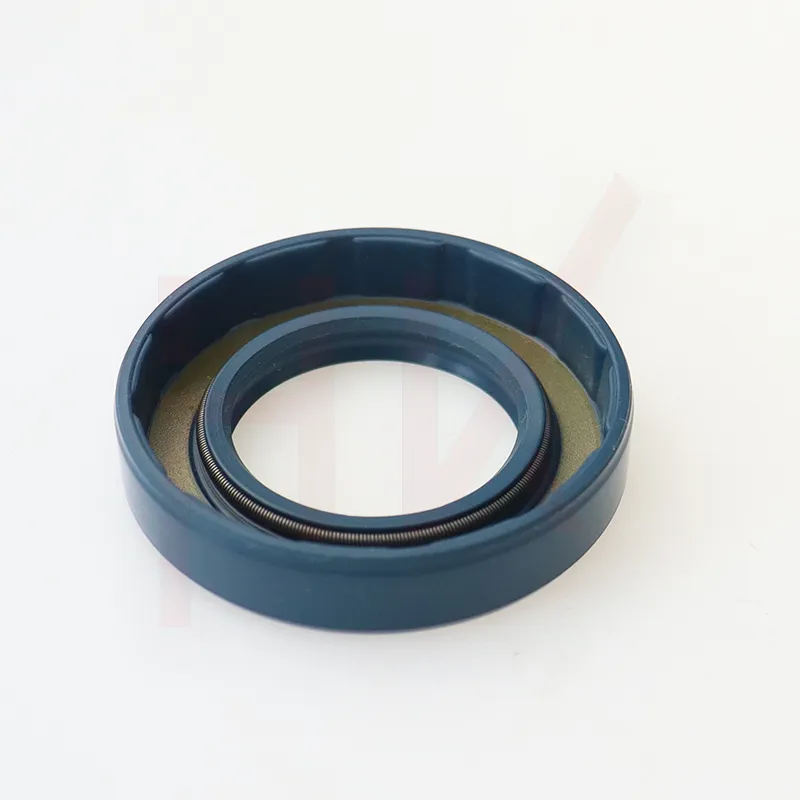Nov . 18, 2024 19:08 Back to list
wiper seal
Understanding Wiper Seals Importance, Functionality, and Maintenance
Wiper seals, often overlooked yet critical components in various mechanical systems, play an essential role in ensuring the proper functioning of hydraulic cylinders and similar applications. While they may seem like a small part, their impact on the overall efficiency and longevity of machinery cannot be underestimated. In this article, we will explore the importance of wiper seals, their functionality, materials commonly used, and best practices for maintenance.
What is a Wiper Seal?
A wiper seal is designed to prevent contaminants from entering a mechanical system, particularly hydraulic cylinders. It acts as a barrier to dirt, dust, and moisture, which can cause wear and tear or even failure of the internal components. By ensuring that these foreign particles do not infiltrate the system, wiper seals help maintain the integrity and effectiveness of the operation.
Importance of Wiper Seals
The importance of wiper seals can be seen in numerous applications, from automotive to industrial machinery. In hydraulic systems, for example, even a small amount of dirt can compromise performance and lead to costly repairs. Wiper seals protect against these issues by keeping the working environment clean. They also contribute to the overall efficiency of the system. By preventing leaks and ensuring that the hydraulic fluid remains uncontaminated, wiper seals enable smoother operations and optimize performance levels.
Moreover, wiper seals extend the lifespan of machinery. When contaminants are kept at bay, the wear on moving parts decreases. This reduction in wear translates to fewer breakdowns and less frequent need for replacements, ultimately saving time and money in maintenance and repair costs.
Functionality of Wiper Seals
Wiper seals typically operate in dynamic applications, where they are exposed to constant movement. Their primary function is to wipe away any contaminants that may cling to the rod or the piston when it retracts. This wiping action not only removes dirt and debris but also allows for effective sealing. Wiper seals can be designed to work in both low and high-pressure environments, adapting to various system needs.
wiper seal

The design of a wiper seal plays a crucial role in its effectiveness. Typical wiper seals are made with specific profiles that enhance their ability to scrape away contaminants. Some designs incorporate additional features, such as integrated dust lips or dust shields, which further improve their protective capabilities.
Materials Used in Wiper Seals
Wiper seals are manufactured from a variety of materials, each with unique properties suitable for different applications. Common materials include polyurethane, nitrile rubber, and fluorocarbon rubber. Polyurethane wiper seals, for instance, are known for their high abrasion resistance and are often used in applications where wear is a concern. Nitrile seals are favored for their oil and fuel resistance, making them ideal for automotive applications.
Selecting the right material is critical to the performance and longevity of the wiper seal. Factors such as temperature, fluid compatibility, and environmental conditions must be taken into account when choosing the appropriate seal material.
Maintenance of Wiper Seals
While wiper seals are designed to protect, they are not immune to wear and can eventually require replacement. Regular maintenance is essential to ensure their longevity. This includes visually inspecting seals for any signs of damage or deterioration, such as cracks or brittleness. If contaminants are observed, they should be cleaned away promptly to prevent further issues.
Additionally, it's important to use compatible lubricants and fluids that won't degrade the wiper seal material. Regular servicing of hydraulic systems can also help identify problems early on, preventing costly breakdowns.
Conclusion
In summary, wiper seals are crucial components in various machinery, serving as the first line of defense against contaminants. Understanding their functionality, importance, and maintenance is essential for anyone involved in the operation and care of hydraulic systems or similar equipment. By ensuring the integrity of these seals, businesses can enhance the performance, efficiency, and longevity of their machinery, leading to increased productivity and reduced operational costs. Proper attention to wiper seals not only protects equipment but ultimately fosters a more effective and reliable operational environment.
-
TCN Oil Seal Metal Ring Reinforcement for Heavy Machinery
NewsJul.25,2025
-
Rotary Lip Seal Spring-Loaded Design for High-Speed Applications
NewsJul.25,2025
-
Hydraulic Cylinder Seals Polyurethane Material for High-Impact Jobs
NewsJul.25,2025
-
High Pressure Oil Seal Polyurethane Coating Wear Resistance
NewsJul.25,2025
-
Dust Proof Seal Double Lip Design for Construction Equipment
NewsJul.25,2025
-
Hub Seal Polyurethane Wear Resistance in Agricultural Vehicles
NewsJul.25,2025
-
The Trans-formative Journey of Wheel Hub Oil Seals
NewsJun.06,2025
Products categories
















